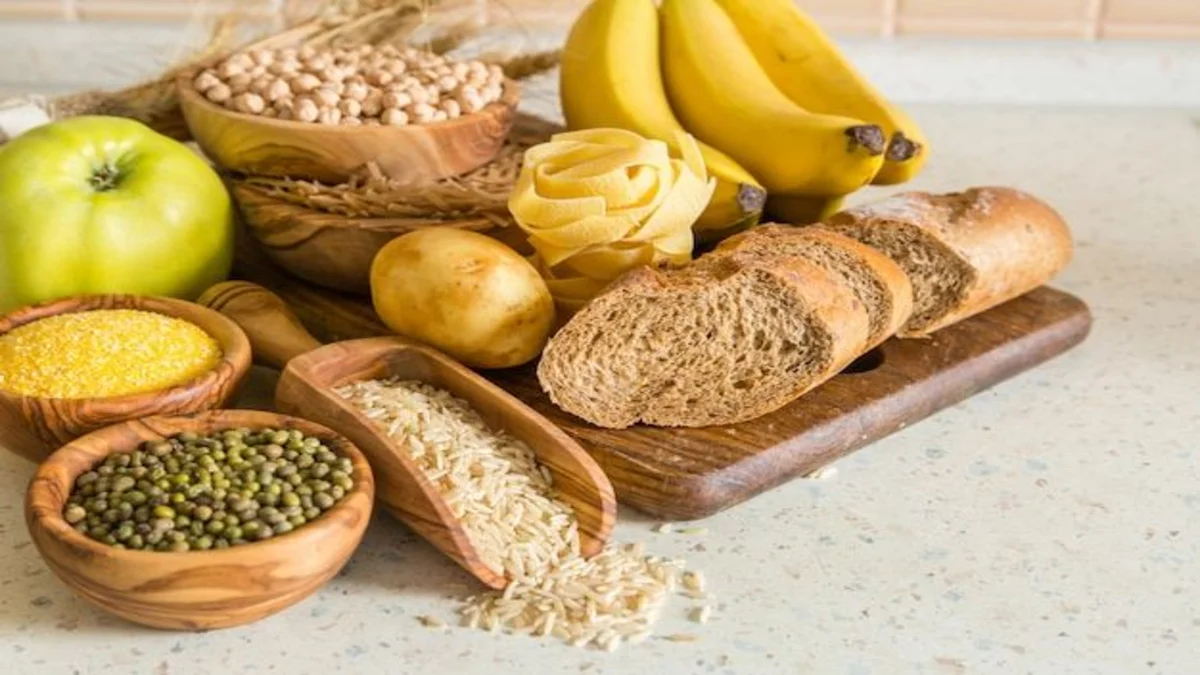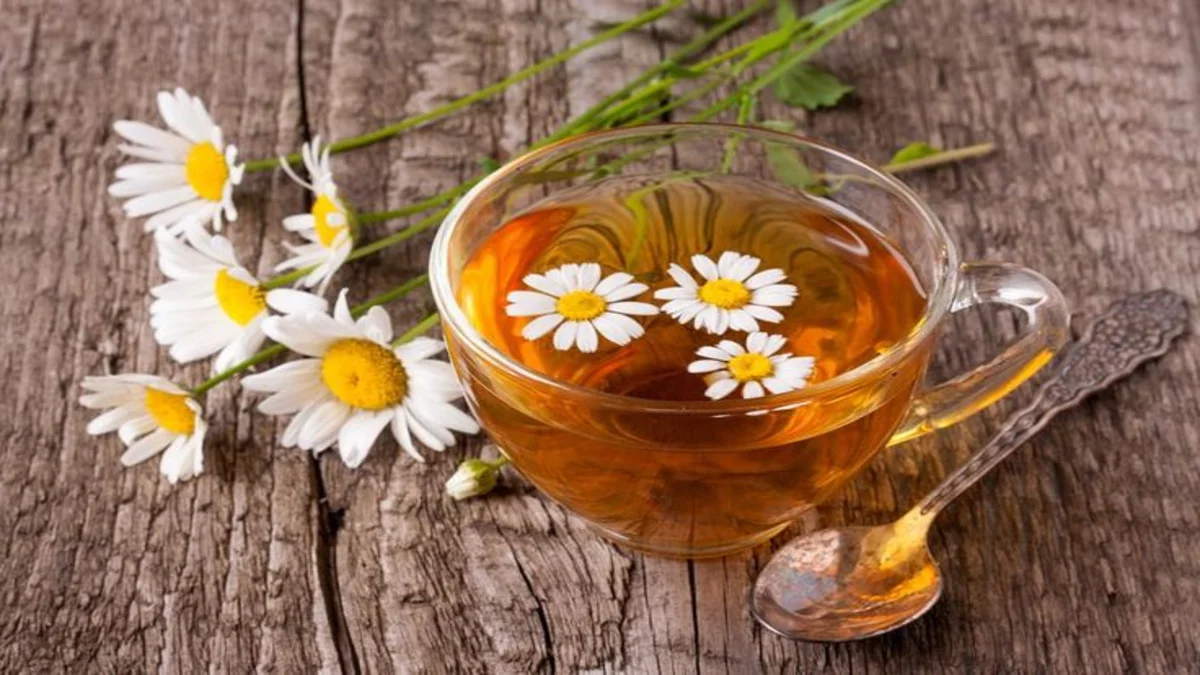Have you ever tried making shrimp tempura at home, only to have it turn out soggy or greasy? Making the perfect crispy and delicious shrimp tempura can be a challenge, but with the right tips and tricks, you can master this popular Japanese dish.
Shrimp tempura is a classic dish in Japanese cuisine, known for its light and crunchy batter coating the tender shrimp. While it may seem simple, there are several secrets to achieving the perfect shrimp tempura, from the temperature of the oil to the type of flour used.
What is the Shrimp Tempura?
Shrimp tempura is a classic Japanese dish that features shrimp coated in a light, airy batter and deep-fried until golden and crispy. It is a popular appetizer or main course in Japanese cuisine, known for its delicate texture and delicious flavor. The dish is often served with a dipping sauce, typically made from a mixture of soy sauce, dashi, mirin, and sometimes grated daikon radish.
Origins and History
Tempura, the cooking method used for shrimp tempura, was introduced to Japan by Portuguese missionaries in the 16th century. Over time, the Japanese refined the technique, making it uniquely their own. Shrimp, or “ebi” in Japanese, became a favored ingredient due to its sweet flavor and firm texture, which pairs perfectly with the light tempura batter.
How to prepare the shrimp?
Ingredients and Tools Needed
- Fresh shrimp (large or jumbo)
- Sharp knife
- Cutting board
- Bowl of cold water
- Paper towels
- Skewers (optional)
Step-by-Step Instructions
- Select the Shrimp:
- Choose fresh, large, or jumbo shrimp for the best results. Frozen shrimp can be used, but make sure they are thoroughly thawed before preparation.
- Peel the Shrimp:
- Remove the shell from the shrimp, leaving the tail intact for presentation. Hold the shrimp firmly and peel off the shell starting from the head, working your way down to the tail.
- Devein the Shrimp:
- Using a sharp knife or a specialized deveining tool, make a shallow incision along the back of the shrimp to expose the vein. Gently lift and remove the vein with the tip of the knife or your fingers. Rinse the shrimp under cold water to remove any residue.
- Score the Shrimp:
- To prevent the shrimp from curling up during frying, make a few shallow slits along the underside (belly) of the shrimp. Be careful not to cut all the way through. Alternatively, you can use a skewer to keep the shrimp straight during frying.
- Dry the Shrimp:
- Pat the shrimp dry with paper towels. Excess moisture can cause the batter to become soggy and not adhere properly.
- Optional: Marinate the Shrimp:
- For added flavor, you can marinate the shrimp briefly. A simple marinade can be made with a bit of soy sauce and sake for about 10-15 minutes. However, this step is optional as the batter and frying process will impart plenty of flavor.
- Prepare the Batter:
- Once your shrimp are prepped and ready, proceed to prepare the tempura batter. This is typically done just before frying to ensure the batter remains light and crisp.
Frying the Shrimp
- Heat the Oil:
- Heat a pot of oil (vegetable, canola, or peanut oil) to 350°F (175°C). Use a deep-frying thermometer to maintain the correct temperature.
- Batter the Shrimp:
- Dip the prepared shrimp into the tempura batter, ensuring an even coat. Hold the shrimp by the tail and let any excess batter drip off before placing it in the oil.
- Fry the Shrimp:
- Carefully place the battered shrimp into the hot oil. Fry in small batches to avoid overcrowding the pot. Fry until the shrimp are golden and crispy, which usually takes about 2-3 minutes.
- Drain the Shrimp:
- Remove the shrimp from the oil with a slotted spoon and place them on a paper towel-lined plate to drain any excess oil.
- Serve Immediately:
- Shrimp tempura is best enjoyed immediately while it’s still hot and crispy. Serve with a dipping sauce and your choice of accompaniments.
Tips To Make Shrimp Tempura

Making shrimp tempura can be a delightful experience if you follow some essential tips to achieve that perfect light, crispy texture. Here are some expert tips to help you make the best shrimp tempura:
1. Use Fresh Ingredients
- Fresh Shrimp: Fresh, high-quality shrimp will yield the best results. If using frozen shrimp, ensure they are fully thawed and patted dry before use.
2. Proper Shrimp Preparation
- Devein and Peel: Always devein and peel the shrimp, leaving the tails on for an attractive presentation.
- Score the Underside: Make small, shallow cuts on the underside of the shrimp to prevent curling during frying. This helps them stay straight and cook evenly.
3. Cold Ingredients for Batter
- Chilled Water: Use ice-cold water when making the batter. Cold ingredients help create a lighter and crispier texture.
- Batter on Ice: Keep the batter bowl over ice while working to maintain its cold temperature.
4. Minimal Mixing of Batter
- Light Mixing: Mix the batter gently and minimally. A few lumps are okay; overmixing can develop gluten, resulting in a heavy batter.
- Prepare Just Before Frying: Make the batter just before frying to keep it light and bubbly.
5. Right Oil and Temperature
- Oil Type: Use a neutral oil with a high smoke point, such as vegetable, canola, or peanut oil.
- Correct Temperature: Maintain the oil temperature at 350°F (175°C). Too hot, and the batter will burn; too cool, and it will absorb too much oil and become greasy.
6. Frying Technique
- Small Batches: Fry the shrimp in small batches to avoid overcrowding, which can lower the oil temperature and result in soggy tempura.
- Even Coating: Dip the shrimp in the batter just before frying, ensuring an even coating. Hold by the tail and let excess batter drip off before placing it in the oil.
7. Drain and Serve Immediately
- Proper Draining: Use a slotted spoon to remove the shrimp from the oil and place them on a paper towel-lined plate to drain excess oil.
- Serve Hot: Tempura is best served immediately to maintain its crispy texture.
8. Perfecting the Dipping Sauce
- Simple Sauce: Make a traditional dipping sauce (tentsuyu) with dashi, soy sauce, and mirin. You can also add grated daikon radish for extra flavor.
- Warm Sauce: Serve the dipping sauce warm or at room temperature to complement the hot tempura.
9. Experiment with Batter Additions
- Cornstarch or Club Soda: For an extra light and crispy batter, consider adding a little cornstarch or substituting part of the water with club soda.
10. Presentation
- Garnish: Garnish with lemon wedges, sea salt, or a sprinkle of shichimi togarashi (Japanese seven-spice) to enhance the flavor and presentation.
Conclusion
Making shrimp tempura requires attention to detail, from preparing the shrimp to maintaining the correct oil temperature and serving immediately. By following these tips, you can create light, crispy, and delicious shrimp tempura that will impress your guests and elevate your culinary skills.





